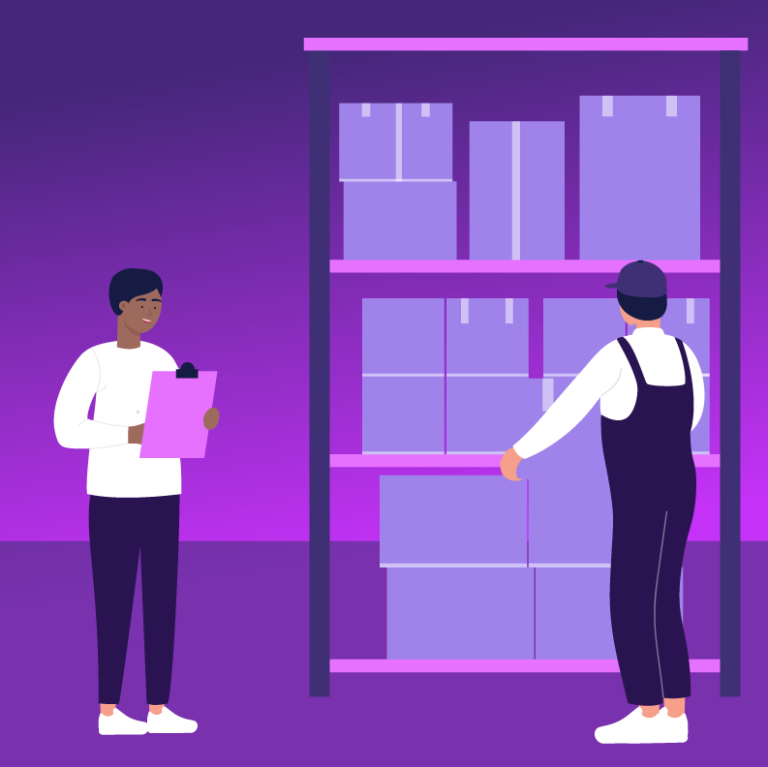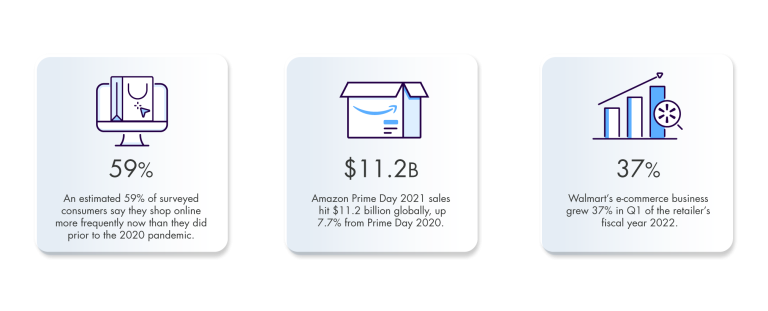
- Posted on
- • July 9, 2020

Since the late 1990s, people everywhere have been shopping, selling, and purchasing online. The early days of what we now call “ecommerce” were like the Wild West. There were no laws, no rules, and no best practices. Quite a few retail ecommerce ventures got started, raised a lot of money, and failed miserably during this time.
As consumers started to spend more time online, ecommerce technology experienced some significant advances. Content Management Systems (CMS), Shopping Carts, and Payment Gateways all emerged to make it easier to start selling online. However, much of the technology of the early 2000s was geared toward online retailers. Businesses that sold products to other businesses didn’t see a path toward selling online.
Retail ecommerce evolved with a simple purchasing process: browse, add product(s) to cart, and checkout with a credit card. B2B businesses have a different purchasing process—one that is much more complex. A B2B seller may have different price schemes (contract pricing), different shipping methods (Freight vs Small Package), and different payment methods (Net 30 Terms) for different customers.
How to Sell B2B Online
Technology has since continued to evolve. In the 2010s we started to see large B2B businesses that relied on traditional sales processes (phone calls, catalogs, fax, sales reps) start to build ecommerce websites. These websites were different from the traditional retail ecommerce sites we were used to seeing. The B2B sites were much more sophisticated and provided a personalized user experience for every customer that logs in to the store.
Setting up an ecommerce website for a B2B business is easier today than ever before. There are point-and-click tools that allow you to create a personalized experience for each of your customers. When a shopper logs into the website they see products listed at their contract prices and have a very simple checkout process that allows them to pay with the payment methods they’re accustomed to using.
Many businesses are seeing a gain in efficiency because a customer can now serve themselves and place an order online without the need to interact with their sales representative. That can save time and ensure that the order is put into the system for fulfillment in a timely manner. Compare this with the traditional B2B experience—in which a buyer would call or email the company, wait for a representative to take the order, and then wait even longer for the representative to enter and process their order.
Streamline Operations
One of the biggest time wasters sabotaging traditional B2B merchants is the time spent on data input. Sales representatives can come to loathe CRM systems, as they have to follow strict protocols and procedures to ensure that each and every activity is logged properly. Then, once they’ve recorded all of their interactions, they have to go through the time-consuming process of building out a purchase order, sales order, quote, or some other variation thereof.
Since this data entry process is manual there is a delay between when the organization receives the purchase order (when it hits the email inbox of the representative) and when the order is actually placed into your system for fulfillment (when the representative gets around to entering all of the details). During normal business hours this delay may only be a few minutes. But what about after hours? Or what about when your representative is on vacation or out sick?
One of the great advantages of having a B2B ecommerce website is that it almost completely removes the latency between the customer placing an order and your fulfillment systems receiving it. Web services and APIs allow modern systems to communicate information automatically and without human interaction. That means that, when your customer places an order on your website, it can automatically be pushed into your back-office systems for accounting and fulfillment.

Acquire New Customers
This talk of automation can make even the most valuable of salespeople afraid that they might lose their job. However, the companies that have seen the greatest success embracing digital commerce are those that treat their ecommerce website as a new asset that the sales team can leverage.
In sales the two most valuable activities that a representative can do are acquiring new customers and adding additional value for existing customers. The lowest value activities that sales representatives can do are order-taking (the customer having already decided what they want) and manual data entry. Many sales leaders wonder how they can get their team to stop focusing on order-taking and data entry so that they can focus on the high value activities of customer acquisition and account expansion.
Ecommerce offers an easy answer. Sales leaders can maintain the commission structure for sales representatives when their accounts buy online. This will incentivize representatives to help train customers on how to buy on the website. Once customers have adopted the website, sales representatives will have all of the time that they used to spend taking orders and entering data to acquire new customers and expand their relationships with existing accounts.
To put it simply, ecommerce can transform your sales team from order-takers into money-makers.
Conclusion
B2B organizations that embrace ecommerce and refocus their sales teams toward revenue-generating activities will have a significant advantage over their competition that continues “business as usual.”
Ready to start exploring ecommerce for your B2B business? Check out our free guide on launching a wholesale ecommerce site.

About The Author
Benjamin Arp
Benjamin Arp is a Miva Solutions Architect focused on driving eCommerce growth. He’s helped hundreds of eCommerce merchants develop their growth strategy, evaluate existing systems, and create plans to grow sales. In addition to working with merchants one-on-one, he is a regular contributor to the Miva blog and hosts webinars on a variety of eCommerce topics. Find him on LinkedIn.





